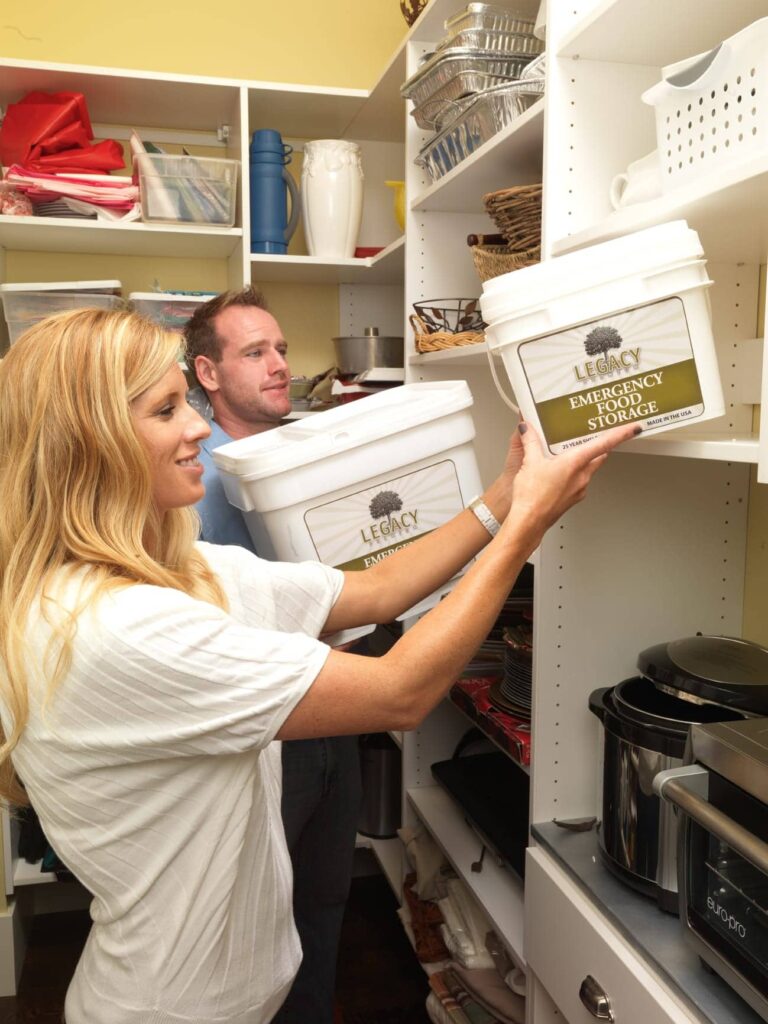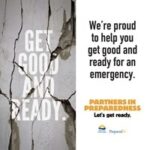Why Food is a Top Priority in Emergency Preparedness: Facts and Guidelines
Without question, everyone should engage in “emergency preparedness.” Many possible disasters are just around the corner—everything from another major terrorist attack (this time perhaps involving an atomic device), a fast-moving epidemic, a large chemical fire/spill, or even something as simple as a local electricity company shutting down for a while.
Any of these disasters may result in no electricity, contaminated public water (or none at all), restricted mobility (because of closed roads), and total dependence on the food stored in your kitchen (assuming that you have access to your home and that the food therein is edible).
While you can survive without shelter, transportation, clean clothes, electricity, etc., for a while, you won’t last very long without food and water. Actually, they’re inseparable, since you need water to cook food, swallow it, and properly digest it. Furthermore, you can go for days without food but water deprivation brings life-threatening dehydration.
In preparing for such disasters, take a number of precautions, including acquiring and storing away emergency supplies and equipment. At the top of that “emergency supplies” list should be a well-thought-out, practical and properly packaged “emergency food supply.”
What should you include in that emergency food supply? You should first decide how many people you expect in your group, how many days you want to provide for, and what you intend to do during the disaster. Be ready to provide, for example, 1 gallon of water per person per day (for consumption and hygiene), sufficient-calories-for-adults (or children) food packages, hand cleaning supplies (in case water is in short supply and to make sure that dirty hands don’t unnecessarily make people sick), paper products (for good hygiene), and means by which to heat/cook food. You also want to have disposable paper plates, utensils, plastic bags (also for hygiene purposes) and, most important of all, a manual can opener.
As for the types of food to store: foods that don’t require cooking, refrigeration or heating are best. Noting that foods taste better and are safer to eat when heated, however, store away a camping stove, candle or kerosene warmers, or use a fireplace or charcoal grill.
Some of the foods (in addition to bottled water) to have in your cool, dry, away-from-the-sun emergency food supply should include:
1. Canned fruit, vegetables and meats
2. Army-style MREs and freeze-dried, no-refrigeration-needed meals
3. Pasta
4. Rice, grits, cream-of-wheat
5. Nuts (sealed, packaged and in shells)
6. Peanut butter
7. Dry beans (high in protein)
8. Powdered milk, potatoes
9. Breakfast cereals
10. Crackers, cookies and snack bars







